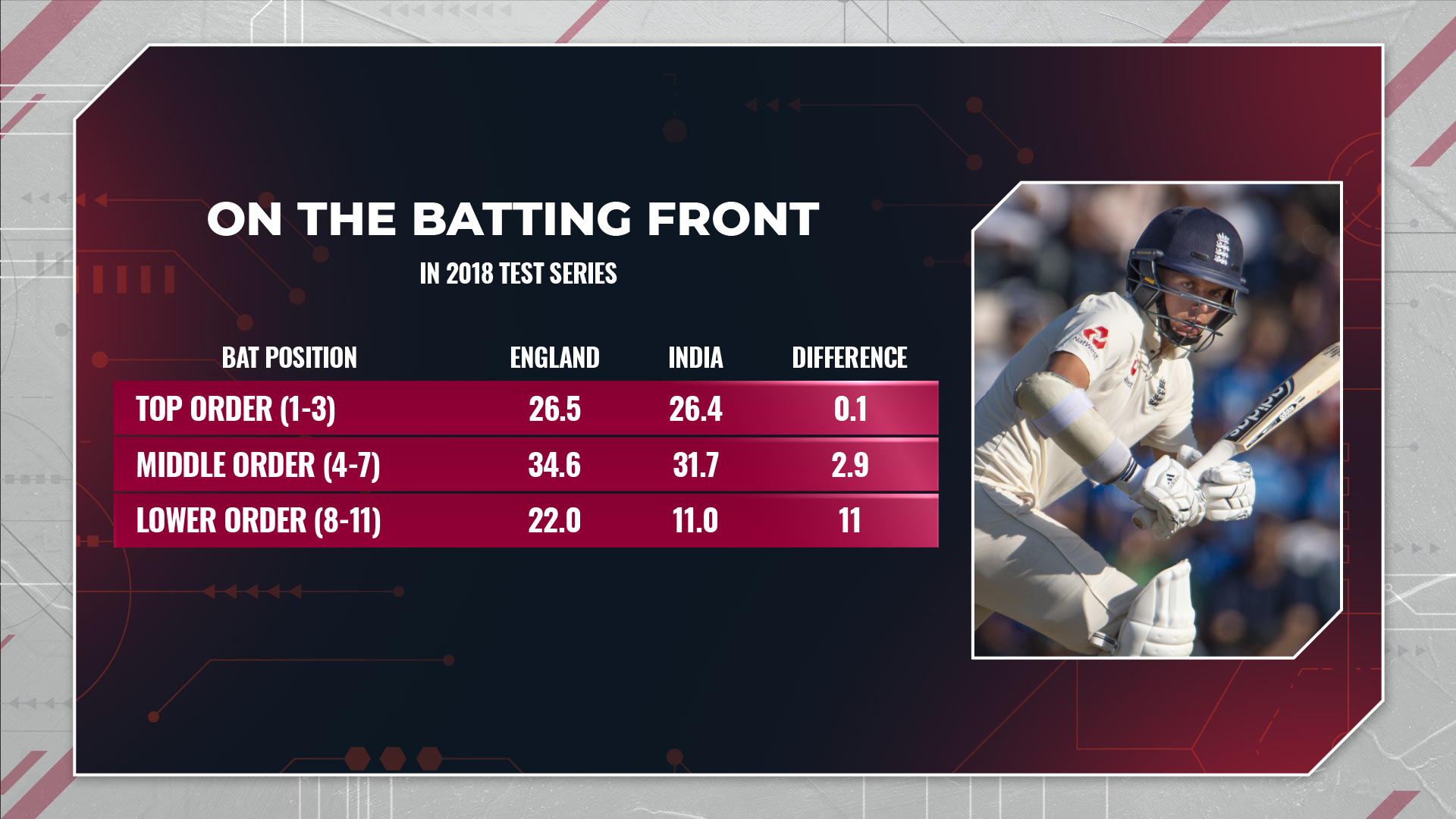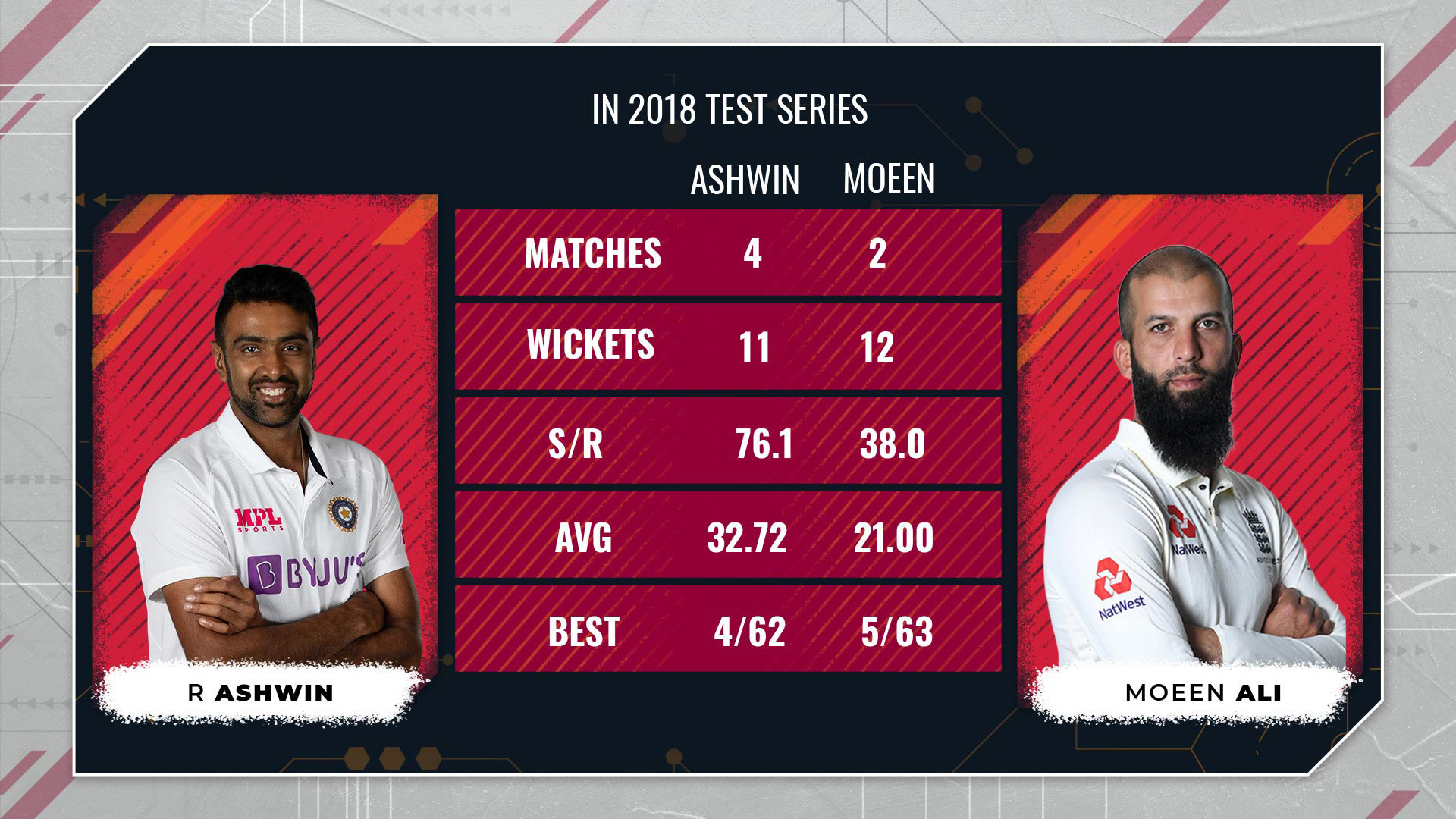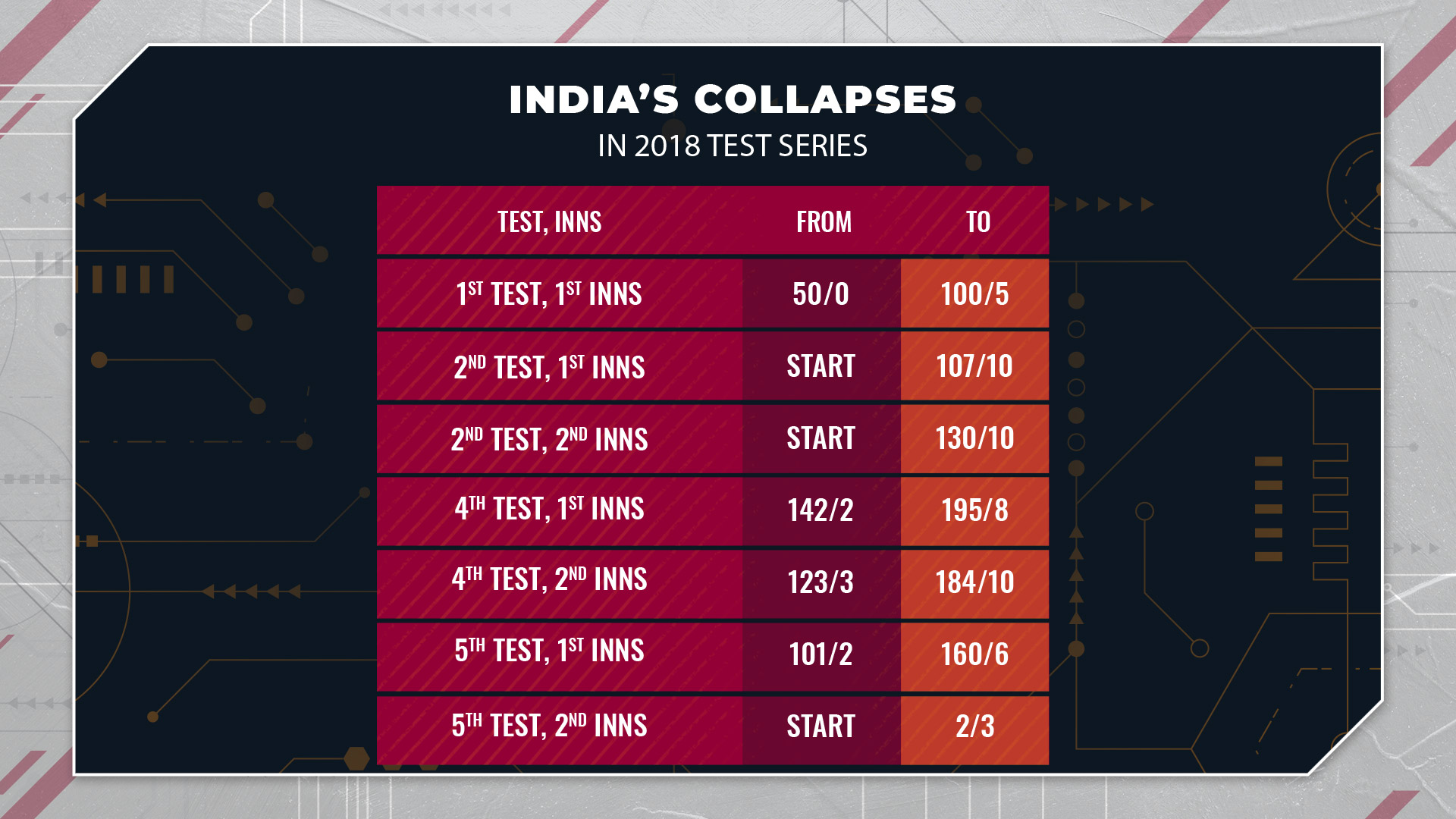 ANALYSIS
ANALYSIS“The kind of cricket we have played might not show on the scorecard. But both the teams know this series has been a competitive one.” Not often does a skipper of a 4-1 losing side can gather the gumption to call a series a “competitive one”. But, the assertions by Virat Kohli were not an insincere attempt to paint a positive colour on an otherwise pale canvass.
Other than winning the third Test by 203 runs, India lost the first and the fourth by 31 and 60 runs. Once England bowlers broke through India’s middle-order, there was a swift end to those Tests. But, while Kohli and a couple of his batting colleagues were around, the Tests hung in a balance. Even in the last Test at The Oval, which India lost by 118 runs, they went down the final hour of the final day, thanks to a 204-run sixth-wicket partnership between KL Rahul and Rishabh Pant. Such were the fine margins that led to India losing a series in England for the third time in a row in 2018.
Overall, India are a better unit this time than they were in 2018. After consecutive series wins in Australia and the continuation of the home domination, the tour to England is like the final frontier for Kohli’s men to move from being a great unit to being a legendary one like the West Indies under Clive Lloyd and Australia in the 2000s.
To achieve this, there are a few lessons to learn from the defeat in 2018. Areas where England dominated, some quite comprehensively and thus decisively, that turned those fine margins to a 4-1 deficit.
Runs from the lower-order
India had England at seven for 87 in the second innings of the first Test. The lead then was 100 runs. That is when Sam Curran, in his second Test, counter-attacked and the last three England wickets added 93 runs. Enough for their pace attack to keep India adrift of the target.
Not that it would have mattered after India managed only 107 in the first innings of the second Test, but Chris Woakes – batting at seven – turned out to be the only centurion in the Test.
In the fourth Test, India’s pacers had England reeling at six for 86 on the first morning. England ended their first innings with a total of 246. Courtesy a 78 from Curran at number eight.
You get the gist by now but the story doesn't end there. 181 for seven in the first innings of the last Test became 332. This time it was Stuart Broad who frustrated India with a 98-run ninth-wicket stand with Jos Buttler.
 India’s top and middle-order fought toe to toe with the English. But each of the three wickets in England’s lower-order (positions 8 to 11), added 11 runs more than India on an average. In both innings of a Test, this amounts to a difference of 66 runs. More than the margin to the first and the fourth Test.
India’s top and middle-order fought toe to toe with the English. But each of the three wickets in England’s lower-order (positions 8 to 11), added 11 runs more than India on an average. In both innings of a Test, this amounts to a difference of 66 runs. More than the margin to the first and the fourth Test.
Out-spun by the hosts
Life is a collection of expected and unexpected outcomes. When India embark upon certain tours, a few outcomes are expected. Like the seaming ball blowing away the batting line-up. In the last two England tours and not just in 2018, an unexpected outcome dented India big time.
In a rather embarrassing turn of events, England’s spinners outclassed India’s in 2018. To be more precise, England’s off-spinner, Moeen Ali, outshone India’s off-spinner, Ravichandran Ashwin.
Ashwin began the series on a high but towards the fourth Test, his back hampered the purchase he could get from a rather helpful wicket at the Ageas Bowl. On paper, England spinners took 22 wickets across the series, one more than their Indian counterparts. But these came at around 20 balls per wicket quicker and around seven runs apiece fewer.
Moeen finished with a bowling average of 21 in the series. This was the third-best among bowlers with five or more wickets across the five Tests. Playing only two Tests, he picked more wickets than Ashwin, who played four (12 vs 11).

This is not a one-off trend. In 2014, the difference between the bowling averages and balls per wicket record of England’s spinners vs India’s was more than double.
Too many collapses
From among those who played four or more Tests in the 2018 tour, Virat Kohli with 59.3 runs per innings averaged around 20 more than anyone. At the second spot was Cheteshwar Pujara with 39.71.
In terms of partnerships, Kohli and Ajinkya Rahane got more runs together than any other pair from both sides. At number three were Kohli and Pujara.
India’s batting in the English conditions often gets the stick. But, in 2018, the crux of their batting line-up was better than England’s core. What did not help India was the frequency of collapses, especially in the top and middle-order.

In England, the ball moves around all day and hence a collapse is always around the corner. For India, these were too frequent with any batsman apart from Kohli rarely applying himself to see off a threatening spell.
Kohli’s luck with the coin
“I was hoping Joe [Root] opts for the four-letter word starting with B.” Exasperation was all over Kohli’s face when he lost his fourth consecutive toss in the series. He went on to lose the fifth one as well. It is not a rarity for Kohli. He lost both tosses in New Zealand in 2020 and also in the World Test Championship final.
Winning the toss is all about luck. But luck is a vital yet often overlooked aspect in sports. In a sport where mere millimetres stand between an umpire’s call and an overturned decision, toss is perhaps the most macro of all things involving luck.
How Kohli would have loved to send England in on a gloomy morning at Lord’s in the second Test. Or have his spinners have a say in the fourth innings of the first, fourth, and fifth Test. An overambitious England sent India in to bat in the third Test. India did not fail to pounce. Apart from all the cricketing factors, India’s loss in 2018 was also down to luck.